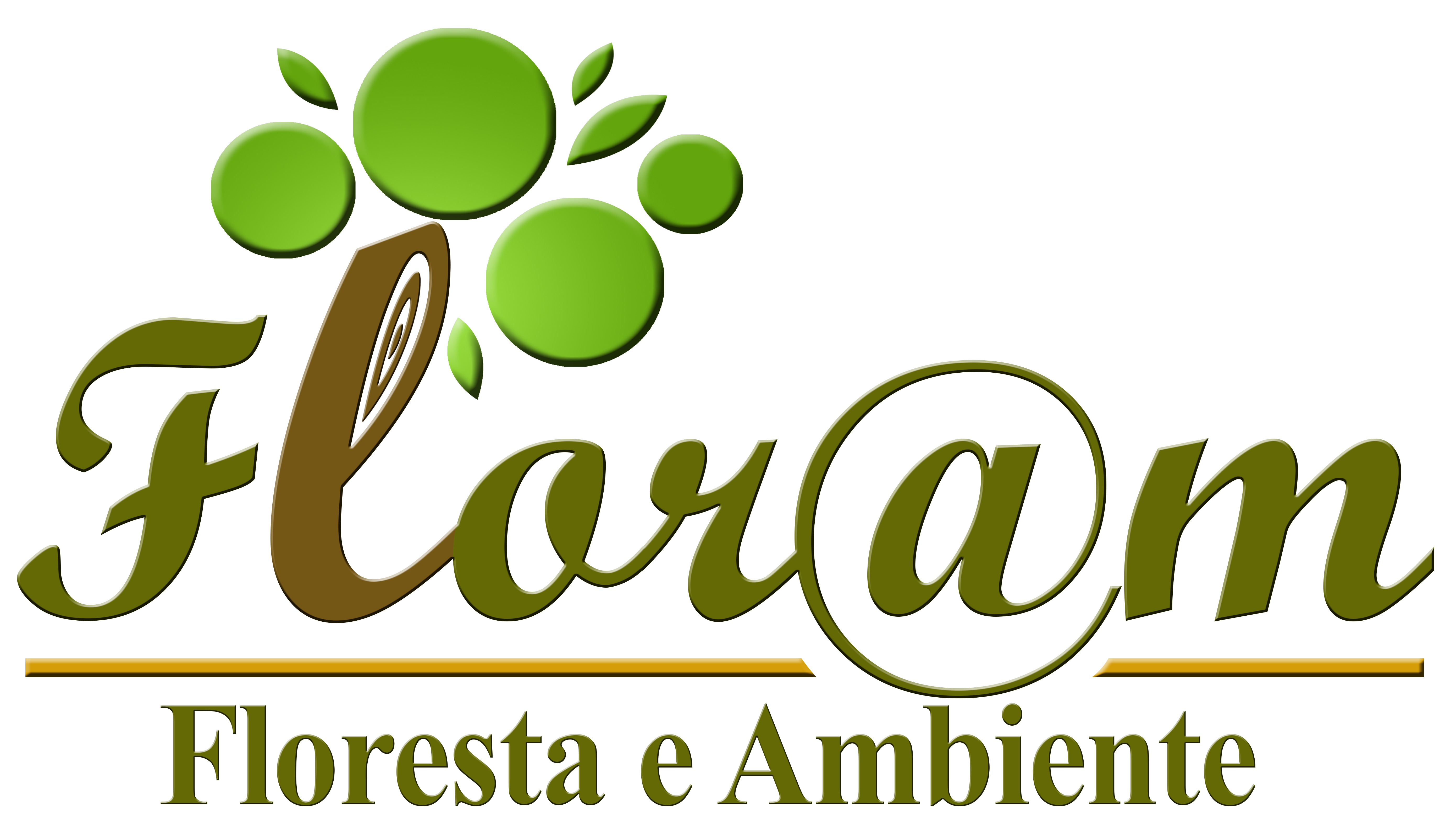Aplicação de índices relativos de vegetação e temperatura para an análise das mudanças nos padrões de cobertura vegetal de Curitiba (PR)
Relative indices of vegetation and temperature for analysis of changes in the vegetation patterns of Curitiba (PR)
Young, Andrea Ferraz; Rocha, Jansle Vieira
FLORAM, vol.13, n1, p.34-43, 2006
Resumo
O objetivo desse trabalho foi propor índices relativos de vegetação e temperatura (superfície), que sintetizassem as alterações ocorridas nos padrões de cobertura vegetal e urbanização de Curitiba (PR), utilizando imagens Landsat TM e ETM + de 1986, 1999 e 2002. Para isolar as áreas com vegetação das superfícies urbanas construídas, o Índice de Vegetação por Diferença Normalizada foi utilizado como um indicador da presença de vegetação, a partir do qual o índice de vegetação relativo (NDVIR) foi criado. Ao mesmo tempo, valores das bandas termais do satélite Landsat foram extraídos como indicadores das diferenças termais entre usos do solo, servido de base para a proposição de um índice de temperatura relativo (DNR), que foi comparado ao índice de vegetação relativo (NDVIR). Através dos resultados obtidos, foi possível verificar a importância das mudanças do uso do solo e dos padrões de distribuição de vegetação nos diferenciais de temperatura da superfície identificados. Concluiu-se que existe uma tendência de correlação inversa entre esses índices, contribuindo para análises espaciais mais precisas.
Palavras-chave
sensoriamento remoto, índices de vegetação e temperatura, gestão urbana
Abstract
The aim was to propose relative indices of vegetation and temperature which could reflect the changes occurred in the vegetation cover and urbanization patterns caused by transformations along the city of Curitiba (PR), by using Landsat TM and ETM+ images of 1986, 1999 and 2002. In order to separate vegetated from built-up surfaces, the Normalized Difference Vegetation Index was used as an indicator of vegetation presence, from of what the relative vegetation index (NDVI-R) was created. At the same time, values from the thermal band of Landsat satellite were extracted as an indicator of thermal differences between land use, based on that a relative temperature index (DNR) was proposed and compared with the relative vegetation index (NDVIR). By applying these techniques it was possible to verify the importance of land use changes as the distribution of vegetation patterns in identifying different temperatures of surface. In conclusion, the indices are inversely proportional in terms of correlation tendency, which can contribute to spatial analysis precisely.
Keywords
remote sensing, vegetation and temperature indices, urban management

